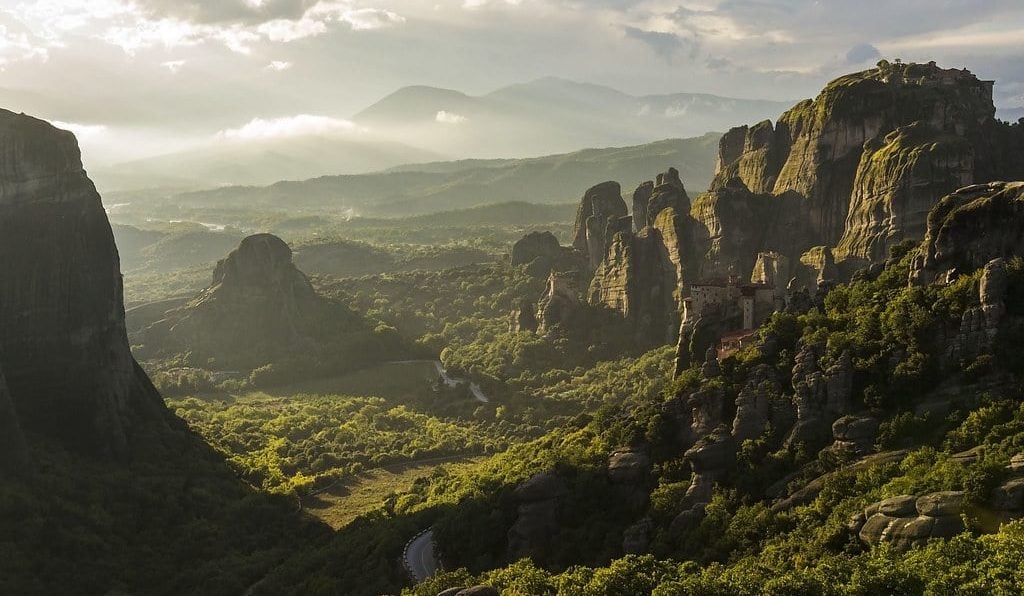
Mainland Greece is undoubtedly the top destination for those who are drawn to ancient ruins and other symbolic places from Greece’s classical period, as well as splendid museums, amphitheaters, and sanctuaries.
Ten must-see places in mainland Greece.
Athens, the capital of Greece
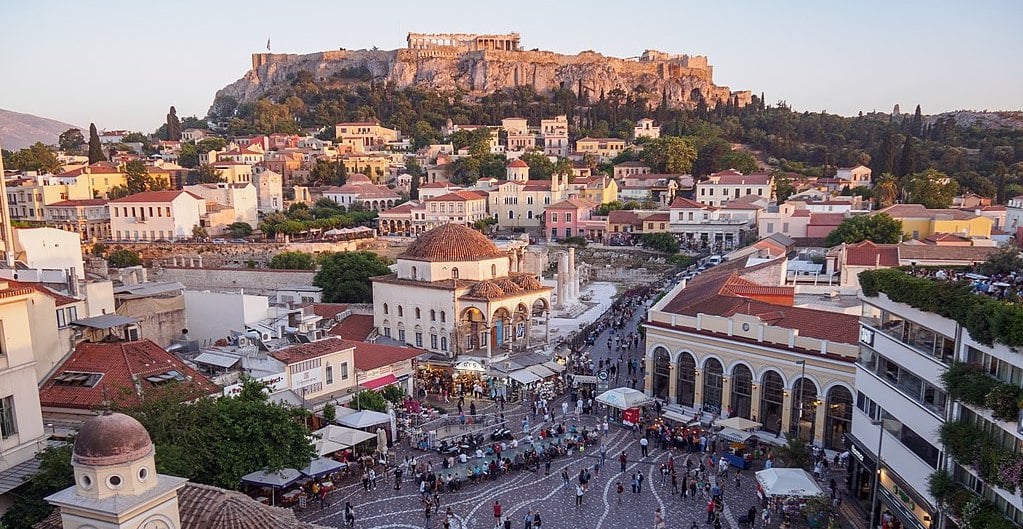
We start this must-see list with the capital of Greece and the largest city in the country, undoubtedly one of the most well-known destinations, Athens.
The history of Athens spans more than three thousand years, making it one of the oldest inhabited cities anywhere in the world. During the classical period of Greece, it was a powerful city-state that was born along with the development of maritime navigation of the port of Piraeus. It played a fundamental role in the development of democracy.
It was also a cultural center where many of the great artists, writers and philosophers of antiquity lived. These contributions of Athens to the thought of the time had a great influence on the development of Greece, Rome, and Western culture as a whole.
Athens is a city rich in archaeology of extraordinary importance, of which the most famous is the Parthenon on the Acropolis. In addition to buildings from the classical Greek period, Roman and Byzantine monuments are also preserved, as well as several notable modern buildings.
The city of Kastoria
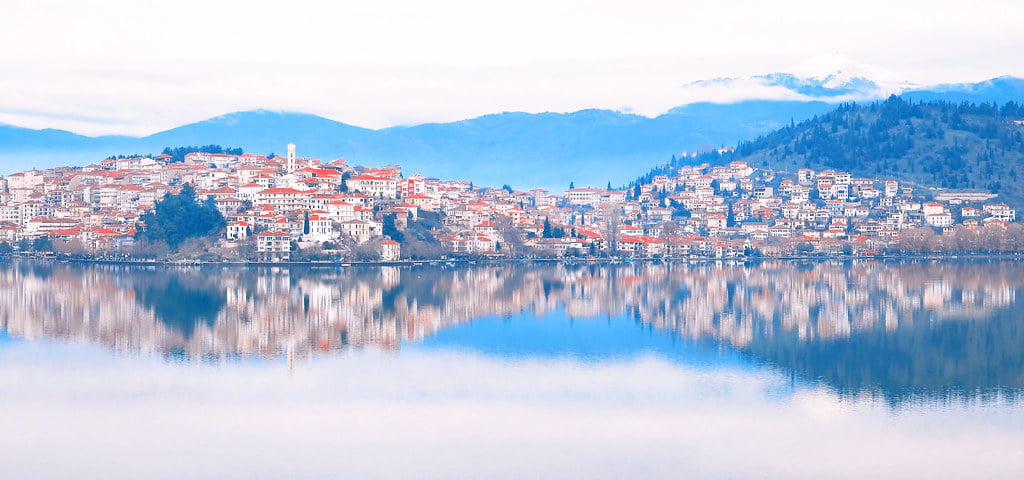
Kastoria is a Greek city belonging to the periphery of Western Macedonia. It is situated on a promontory on the western shore of Lake Orestiada, in a valley surrounded by limestone mountains. It is the capital of the peripheral unit of Kastoriá.
The city is an important religious center for the Greek Orthodox Church and is the seat of a metropolitan bishopric. It originally had seventy-two Byzantine and medieval churches, of which fifty-four are preserved today. Some of these have been restored and provide insight into the Greek Orthodox style of architecture and fresco painting.
Mount Athos

Mount Athos is one of the most important religious centers of the Orthodox Church. It is located in Central Macedonia, northernGreece and has twenty Orthodox monasteries (Greek, Russian, Serbian, Georgian, Bulgarian and Romanian) that make up an autonomous territory under Greek sovereignty. It was declared, as a World Heritage Site by UNESCO for its cultural and natural wealth, in 1988.
This consideration allows them to be exempt from compliance with certain laws, both in Greece and the European Union, having the power over the territory, for example, to prohibit entry to all women.
Interestingly, to avoid any possible sexual temptation, women are prohibited from entering the entire territory of Mount Athos. The ban also extends to female animals, excluding cats. However, during the Greek civil war, the peninsula welcomed women and girls among the refugees.
The monasteries of Meteora
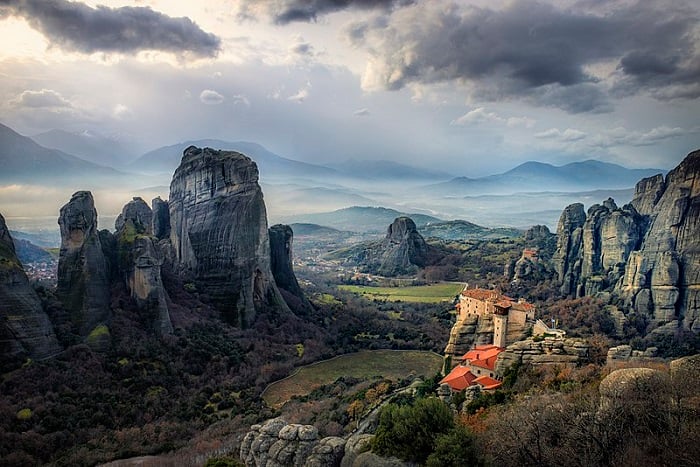
Undoubtedly one of the most impressive landscapes in the world, these incredible rock formations are located in the plain of Thessaly, in northern Greece. These otherworldly natural formations are the vicinity of Kalambaka, which is located in the valley of the Peneo River.
The first hermits came to this area in search of spiritual isolation and began to inhabited the rock caves, with the help of ropes and ladders.
The Meteora monasteries have been included in the UNESCO World Heritage List and the Meteora-Antichassia region has been officially declared a Natura 2000 Ecological Zone by the Greek Ministry of the Environment, for the protection of rare species of birds and flowers.
The city of Volos
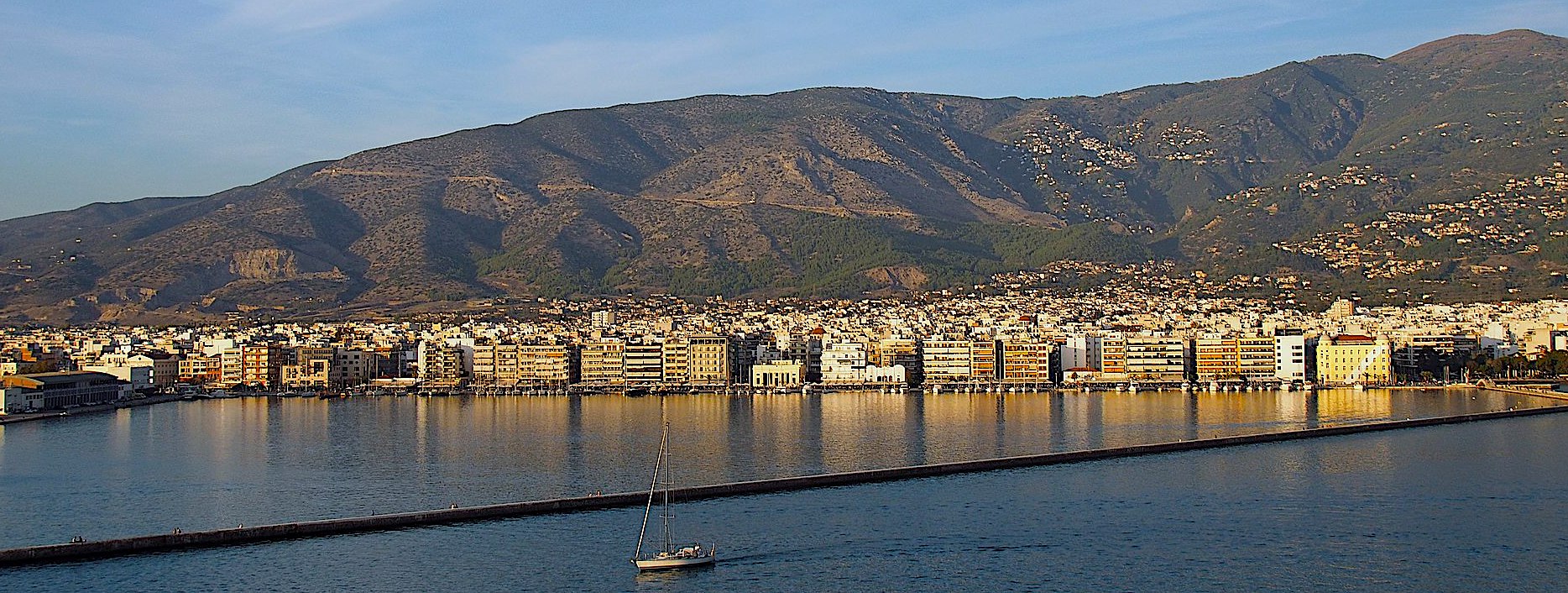
Volos is a city located in the center of mainland Greece, about 326 km north of Athens and 215 km south of Thessaloniki. It is the capital of the peripheral unit of Magnesia.
Volos is the newest of the Greek port cities, with a large proportion of modern buildings erected after the catastrophic earthquakes of 1955. It includes the municipal units of Volos, Nea Ionia and Iolkos, as well as smaller suburban communities.
Among the sites of greatest interest are the Athanassakis Archaeological Museum, one of the oldest museums in Greece, and the Panthessaliko stadium, where some of the events of the 2004 Athens Olympics were held.
Ioannina
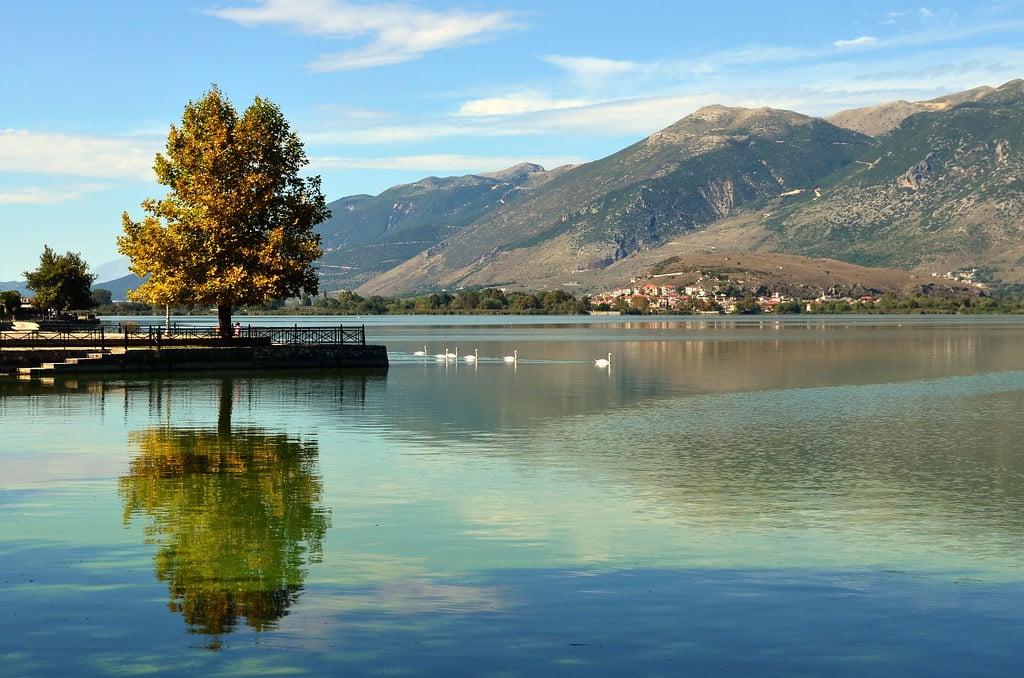
Ioannina is the capital and largest city of the regional unit of the same name and Epirus, an administrative region in northwestern Greece.
One of Ioannina’s most notable attractions is the inhabited island of Lake Pamvotis, which is simply referred to as Ioannina Island. The island is a short ferry ride from the mainland and can be reached by small motor boats that operate at different frequencies depending on the season.
Mani Peninsula
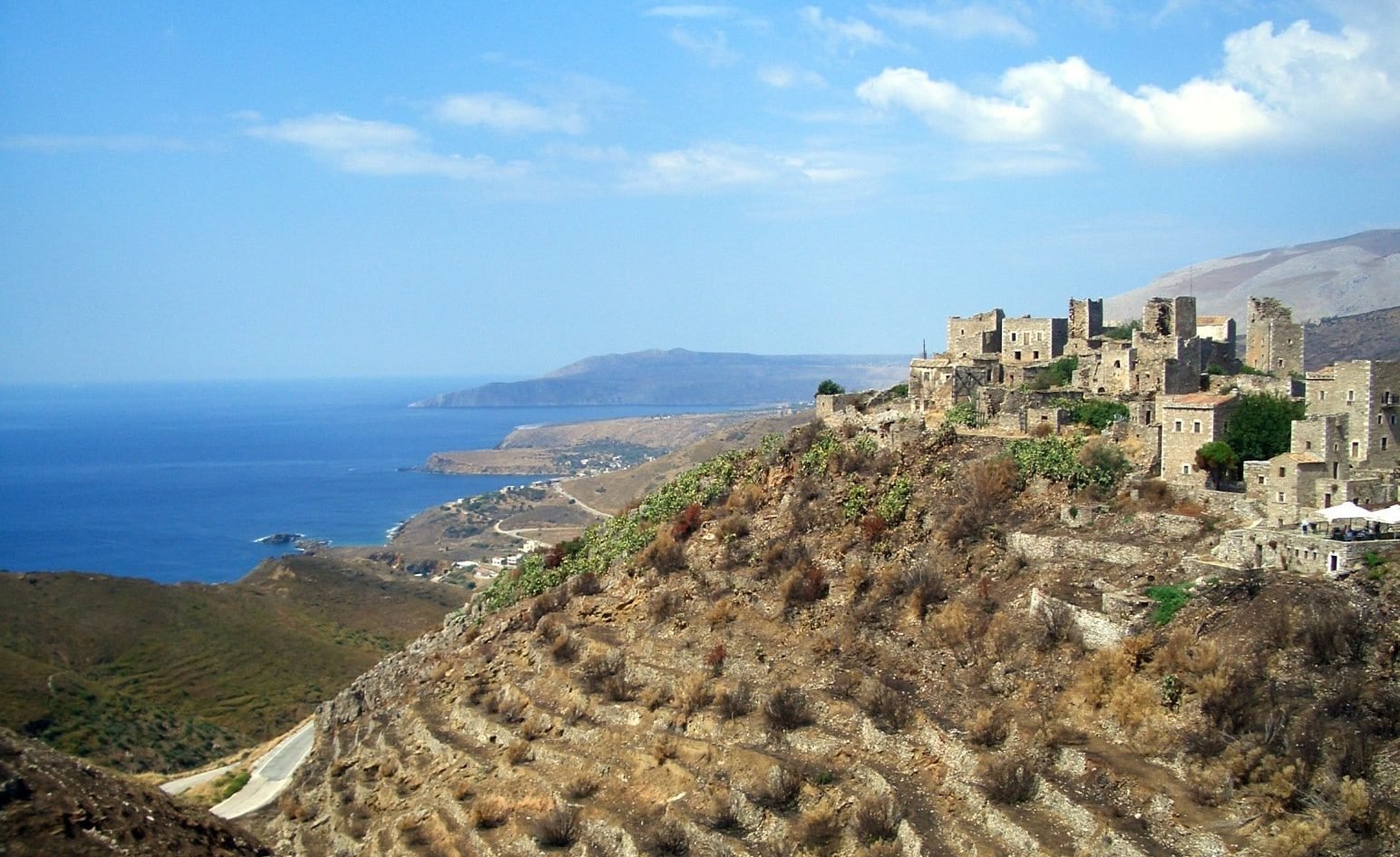
The Mani Peninsula is a geographical and cultural region in southern Greece that is home to the Maniots (Mανιάτες, Maniátes in Greek), who claim to be descended from the ancient Spartans.
The terrain of the region is mountainous and not very accessible. Until recently, many villages in Mani could only be reached by sea. Today, there is an access road, however.
The coastal towns of Mani are full of coffee shops and and boutiques. The peninsula also attracts visitors for its Byzantine churches, Frankish castles, beaches, and landscapes. Some popular beaches during the summer are Kalogria and Stoupa Harbor Beaches, while Kardamyli and Agios Nikolaos also have good pebble and sandy beaches.
Another important destination in the same region is Monemvasia, a fortified medieval town known for being one of the most famous ancient towns in Greece. The charming fortress overlooks the bay of Palaia and has charming narrow winding streets that can only be traversed on foot or by donkey.
Thessaloniki, the second largest city in Greece

Thessaloniki is the second largest city in Greece, an important North Aegean port on the Thermaic Gulf. It preserves evidence of its Roman, Byzantine and Ottoman history, especially around Ano Poli, the upper city.
Thessaloniki is a very popular tourist destination in Greece. Due to the rich and diverse history, the city is home to many museums dealing with different eras in history. Two of the most famous museums in the city are the Archaeological Museum of Thessaloniki and the Museum of Byzantine Culture.
The city has long been known in Greece for its vibrant urban culture, which includes the highest number of coffee shops and bars per capita of any city in Europe; and for having the best nightlife and entertainment in the country, thanks to its large young population and multicultural environment.
Mount Olympus, the highest mountain in Greece
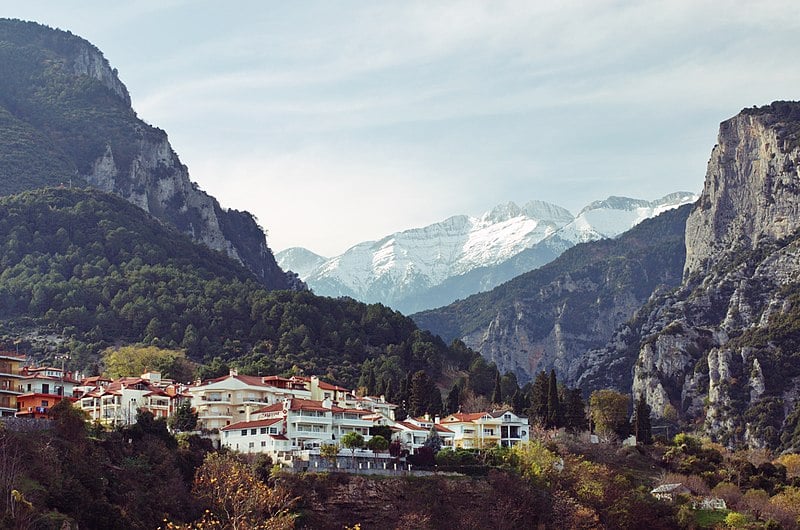
Mount Olympus is located between the Greek regions of Thessaly and Macedonia. It has been a Greek nature reserve since 1938 and a natural heritage site of the European Union since 1981, in the category of biosphere reserve.
Every year, thousands of visitors admire its fauna and flora, walk its slopes and climb its peaks. Organized mountain huts and various mountaineering and climbing routes are available to adventurers. The usual starting point for climbing Olympus is the town of Litochoro, in the eastern foothills of the mountain, 100 km (62 miles) from Thessaloniki.
In Greek mythology, Olympus was the home of the twelve Olympian gods. The ancient Greeks believed that on the summits of the mountain there were glass mansions in which the gods dwelt.
Archaeological site of ancient Olympia
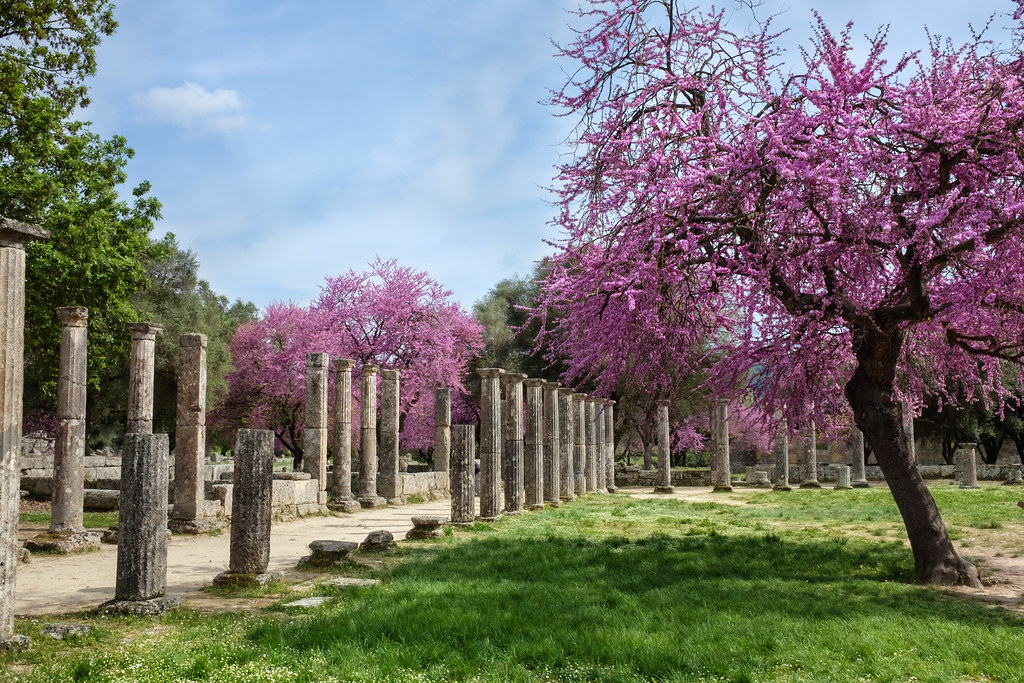
Olympia is a small town in Elis on the Peloponnese peninsula in Greece, famous for the archaeological site of the same name, which in ancient times was the site of an important sanctuary and of course the site of the Olympic Games.
The site contained more than 70 important buildings, and ruins of many of them still survive to this day. Of special interest is the Pelopion, the tomb of the Pelops, the mythical ancestor of Agamemnon, the leader of the Greek army in the Trojan War.
Another destination of special interest for those visiting Ancient Olympia is the stadium. The athletes entered under an arch of a domed corridor at the start of the Games. Spectators sat mainly on the sloping flanks of the field. The length of this field became the standard stadium, a unit of distance from ancient Greece, which appears in all geographies.
See all the latest news from Greece and the world at Greekreporter.com. Contact our newsroom to report an update or send your story, photos and videos. Follow GR on Google News and subscribe here to our daily email!



